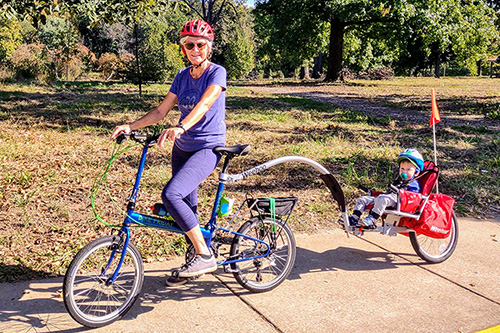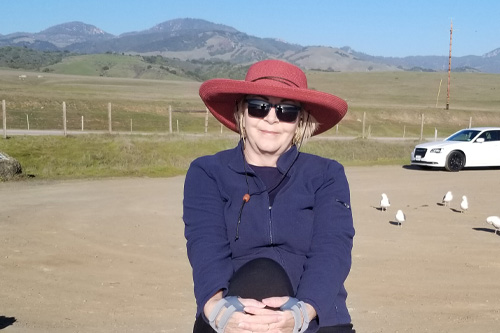<div> <div> <div>Across the globe, the number of adults over the age of 60 is rapidly growing. Just in the U.S., according to the <a href="http://www.aoa.gov/aoaroot/aging_statistics/future_growth/future_growth.aspx" target="_blank">Administration on Aging</a>, the percent of the population 60 and older has grown from 6% at the beginning of the 20th century, to 16% in 2000 and is projected to be at 25% by 2030. In China, by 2050, their senior populace will total 480 million — one-third of its entire population. And in 2060 in Japan, seniors <a href="http://www.msnbc.msn.com/id/46187200/ns/world_news-asia_pacific/t/japans-population-drop-million-each-year-coming-decades-experts-say/#.T2uTI9miaSo" target="_blank">will account for 40% of people</a>, reports their Health and Welfare Ministry.</div> <div> </div> <div>Statistics like this may prompt questions such as, “How will we take care of our older adults? What will their role in our civilization be?”</div> <div><img width="300" vspace="5" hspace="8" height="200" align="left" src="http://www3.oasisnet.org/Portals/0/News/Chinaconference2011.jpg" alt="" />That topic was explored late last summer at the <a href="http://csd.wustl.edu/AboutUs/News/Pages/International-Conference-in-China-Focuses-on-Productive-Aging.aspx" target="_blank">Productive Aging Conference</a> at Peking University in Bejing, China. Marcia Kerz, president of OASIS and Dr. Nancy Morrow-Howell, professor at the George Warren Brown School of Social Work and Director of the Friedman Center for Aging at Washington University, participated in the conference. Together with other researchers, practitioners, students and government officials, they discussed and shared the best approaches to the challenges of population aging.</div> <div> </div> <div>OASIS was lauded as a “best practice” example of how to engage older adults to continue being productive and contributing to the world around them after they retire. A similar program established in China called WINGS, Women’s Initiative for Ageing Successfully, was also noted as a successful model for getting older women active and connected.    </div> <div>Both OASIS and WINGS include preventative health promotion as part of their approach. However, the reality of treating health issues that often come with aging is also a challenge as more of our population gets older. The growing need for medical professionals in the area of geriatrics is a worry. “Prestigious organizations have warned of a looming scarcity of medical professionals equipped to deliver coordinated treatment of elderly health problems,” <a href="http://www.nytimes.com/2012/03/08/business/retirementspecial/needed-health-providers-to-treat-the-aging.html?_r=3&ref=elizabetholson" target="_blank">a recent article in the <i>New York Times</i></a>stated.</div> <div>Part of the problem is perception, according to Oasis Board member, Dr. Sharon Brangman, chief of geriatrics at SUNY Upstate Medical University in Syracuse, NY, who was quoted in the article. “Primary-care physicians — who were our feeder pipeline for geriatricians — are now seen as workhorses who are not doing dramatic medicine,” she said. </div> <div>Embracing our older population and identifying how they may continue being healthy and productive will continue to be a discussion among aging experts across the world.</div> </div> </div>
By Oasis Institute Webmaster|2014-03-14T00:00:00-05:00March 14th, 2014|Health, Lifelong learning|0 Comments






Leave A Comment
You must be logged in to post a comment.